Crush Paper: Now You Can Write on Coffee
In this piece, we continue our series on crush paper, where we take a look at how a revolution in the paper industry has made it possible for manufacturers to utilize alternative ingredients like the organic waste that would have otherwise ended up in a landfill to produce Crush Paper.
The manufacture of Crush paper basically follows along with the principle of the circular economy, in which the byproducts from the processing of a cash crop are used to manufacture other high quality and eco-sustainable products.
This rest of this article tells the story of how ‘silverskin,’ a byproduct given off in the industrial processing of coffee, can be optimized and put to use for paper making.
The World’s Most Popular Beverage Gets A Makeover
Since its discovery in Ethiopia around the 15th century, coffee has grown to become the most popular beverage in the world. Internationally the coffee industry is worth over $100 billion and worldwide; we drink over 500 billion cups of it every year.
However, the different stages involved in the processing of the coffee bean generates a considerable quantity of waste. For example, in Italy alone, some 7,500 tonnes of chaff, also known as silverskin, is generated every year in the process of roasting coffee.
The heat of the roasting process converts the internal moisture of the coffee bean into steam, causing the skin to heat up and the bean to expand. The chaff (skin) eventually falls off and is removed from the roaster.

From Coffee to Paper
These residual materials used to present a considerable problem for producers, but a revolution in the agro-allied industrial value chain has turned this unwanted byproduct into an opportunity for the economy and the environment.
Favini, an Italy-based paper mill, is one of the companies driving the change towards sustainable and eco-friendly production in the paper industry.
The company has found a way to recover the silverskin and convert this waste material into valuable raw material for the production of high-quality ecological Crush Coffee paper, thereby converting an otherwise linear process into a circular one.
The silverskin is micronized and added to the mix of ingredients for paper production, replacing up to 15% of tree cellulose.

It’s A Win-Win for The Economy and The Environment
The crush paper can then be used in the production of various paper-based items such as notebooks, catalogues, brand collateral, labels, invitations, and luxury packaging.
But then it gets even better because the Crush coffee paper is almost 100% recyclable. After serving its primary use, the crush paper then gets to be recycled or upcycled, as part of an important system towards conserving energy and natural resources.
More on Crush Paper
Crush is an eco-friendly range of papers by Favini, made by replacing up to 15% of virgin tree pulp with the process residues of organic products.
Crush paper includes by-products from citrus fruits, grapes, cherries, lavender, corn, olives, coffee, kiwi fruit, hazelnuts, and almonds. These natural raw materials are saved from landfills and used to make these distinctive and vivid papers.
Click here to read more about Favini crush paper, the revolution in sustainable and ecofriendly manufacture of paper.




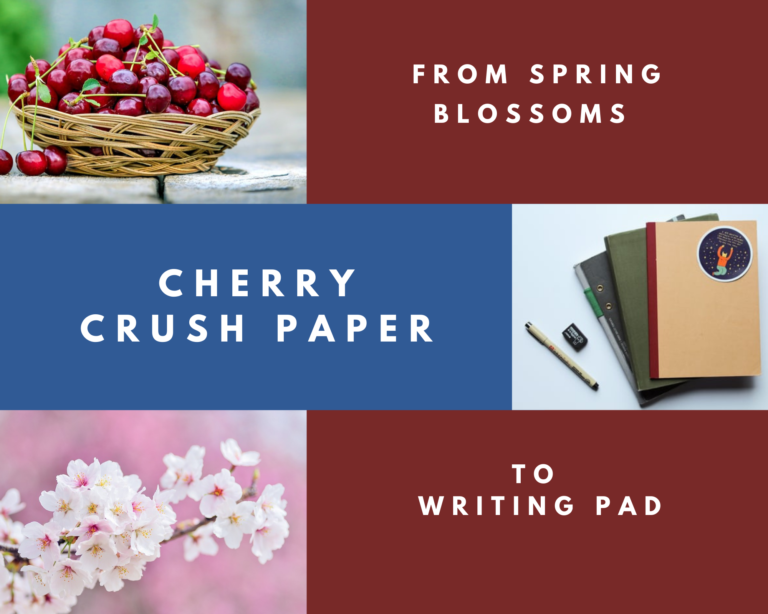
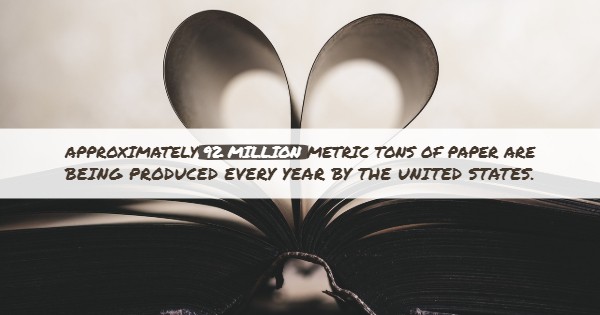
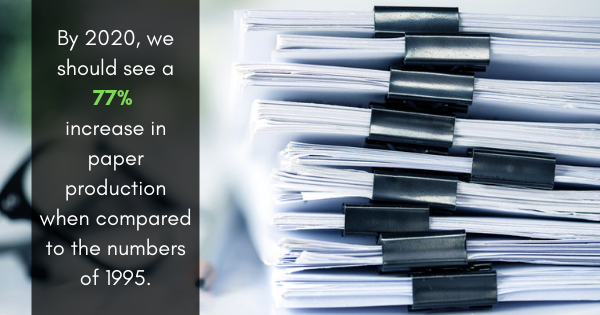
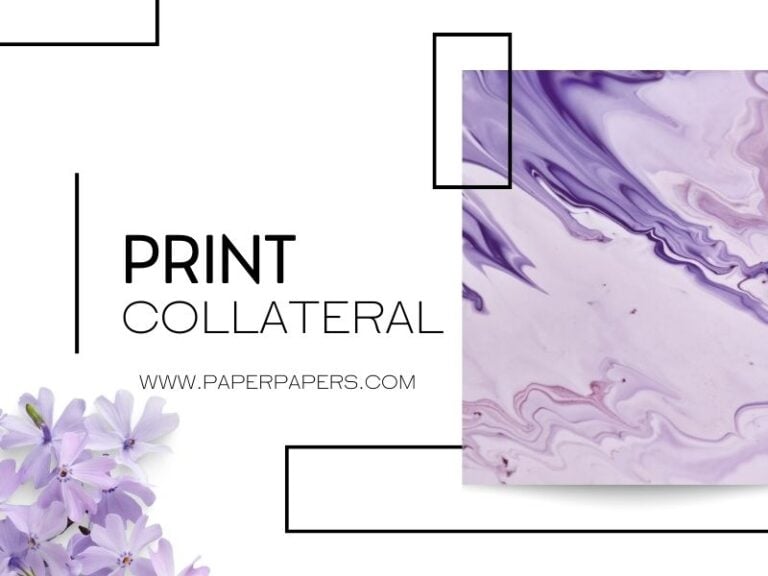
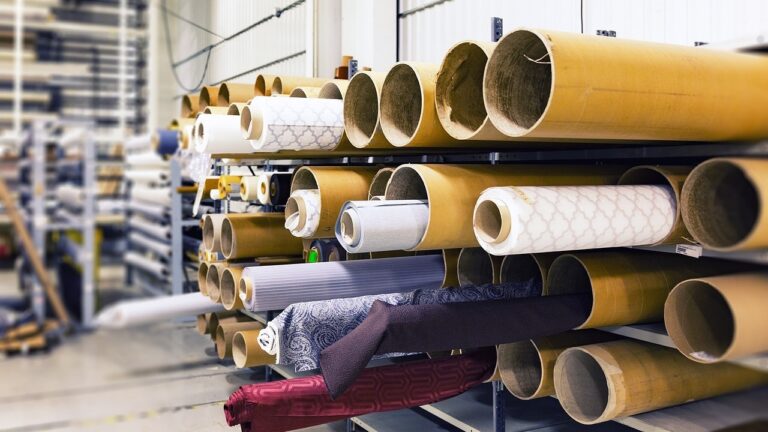
One Comment